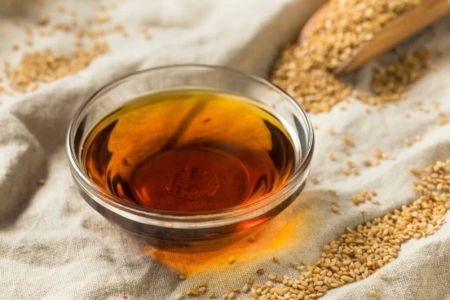The First Time I Noticed the Waving Cat
I still remember the first time I noticed that little cat sitting by the register in a Chinese restaurant in Los Angeles. It was golden, perched on a red base, its paw bobbing up and down in an almost hypnotic rhythm. I was maybe ten years old and endlessly curious. “Why is that cat waving?” I asked the server, who simply smiled and said, “It brings good luck.” That moment sparked years of quiet fascination, and as an adult, I finally decided to dig deeper into the mystery of the waving cat so commonly found in Chinese restaurants across America.
Turns out, it’s not actually Chinese in origin, but Japanese. The cat is called Maneki Neko, which literally means "beckoning cat." Over the years, this symbol of prosperity has crossed cultural boundaries and taken root in Chinese restaurants, becoming an unofficial mascot for good fortune and financial luck.
1. The Maneki Neko’s Surprising Japanese Origins
Despite being a staple in Chinese eateries, the waving cat actually hails from Japan. The most accepted theory traces it back to the Edo period (1603-1868). There are many folktales tied to its origin, but one of the most enduring is the story of a poor temple priest and his cat. As the tale goes, a traveling samurai took shelter under a tree during a storm near a rundown temple. He noticed a cat seemingly waving at him and decided to follow it into the temple. Moments later, lightning struck the tree he had been sitting under. Grateful for the cat’s "invitation," he donated money to the temple, helping it prosper. The cat, having saved the samurai’s life, became a legendary symbol of luck.
As trade between China and Japan evolved, so did cultural exchanges. Many Chinese immigrants who started restaurants in the United States adopted Maneki Neko as a symbol of good luck, merging the figure into their cultural and business environments. For customers unfamiliar with its Japanese background, the cat simply became “the lucky cat at the Chinese restaurant.”
2. What the Waving Gesture Actually Means
In Western cultures, waving usually signifies saying hello or goodbye. But in East Asian cultures, the same gesture, when made with the palm facing down, is a beckoning motion—an invitation to come closer. That’s exactly what the cat is doing: it's not waving goodbye, but calling in fortune, customers, and happiness.
There’s also symbolism tied to which paw is raised. If the left paw is up, it’s said to attract more customers—a common choice for restaurants and shops. If the right paw is raised, it's believed to draw in wealth and good fortune. Some models even have both paws raised for maximum luck, although this has drawn some superstition in recent years as being a bit too greedy.
3. Colors, Accessories, and Meaning
Originally, the Maneki Neko was typically white, but over time it’s appeared in a rainbow of colors, each with its own symbolic meaning:
- Gold: Wealth and prosperity (the most common color in Chinese restaurants)
- White: Purity and positive energy
- Black: Protection from evil spirits
- Red: Protection from illness
- Green: Academic and professional success
In addition to colors, Maneki Neko statues often feature accessories. A coin called a Koban is frequently seen, which represents wealth in the Edo period. Bells, bibs, and even fish may also adorn the cat, each enhancing the symbolism of abundance and protection.
4. Why It’s So Popular in Chinese Restaurants in the U.S.
For Chinese-American business owners, the Maneki Neko fits seamlessly into a tradition that values symbols of luck, prosperity, and positive energy. Feng shui—the Chinese art of spatial harmony—already encourages the use of objects that attract fortune, so the cat easily found a place in the cultural and business framework.
When I spoke to a friend whose family has run a Chinese restaurant in Chicago for decades, she told me their waving cat has sat on the front counter since she was a child. “My parents say it helps bring in customers,” she laughed. “But it also reminds them of home and the belief that hard work, paired with a little luck, can go a long way.”
In essence, the Maneki Neko serves a dual purpose. It’s a business talisman and a cultural bridge—connecting East Asian tradition with American commercial space in a visually recognizable way. It adds a layer of meaning and mystery that enriches the dining experience.
5. The Maneki Neko in Modern Pop Culture
From store shelves to tattoos, the Maneki Neko has expanded far beyond restaurants. It has made appearances in animated movies, TV shows, and even street fashion. The waving cat has become a visual shorthand for “good vibes” and cultural charm, often stylized with modern or edgy aesthetics.
Retailers in the U.S. have caught on, and now you’ll find waving cats in novelty stores, home décor shops, and even tech startups. It’s interesting how an object once steeped in religious and cultural meaning has become a kind of cultural mascot. But even as its meaning evolves, many still honor the traditional values it represents—luck, protection, and hope.
6. My Own Lucky Cat and What It Means to Me
A few years ago, I bought a Maneki Neko for my apartment—not for business, but because I found the symbolism comforting. Life can be unpredictable, and a small icon that invites good luck and prosperity feels like a positive presence. I chose a gold one, with the left paw raised, a nod to that little cat I first saw as a child in the Chinese restaurant.
It sits on my windowsill, gently waving day and night, powered by a small solar panel. It’s become more than décor. It’s a reminder of where I’ve been, the cultures I’ve explored, and the deep-rooted human desire to invite good fortune into our lives. I still smile every time someone walks into my home and asks, “Hey, what’s with the waving cat?”


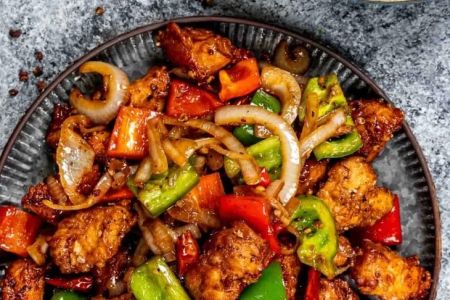
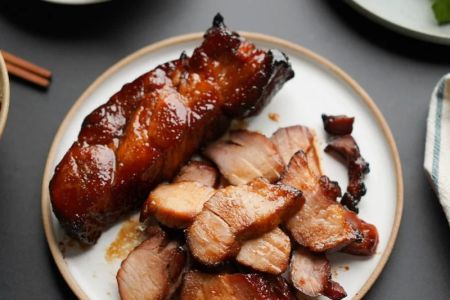
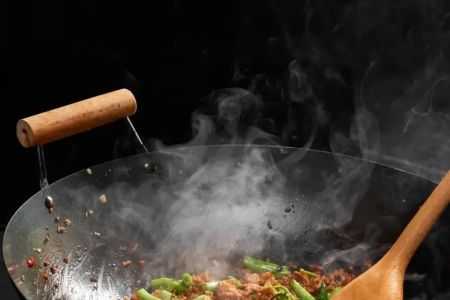
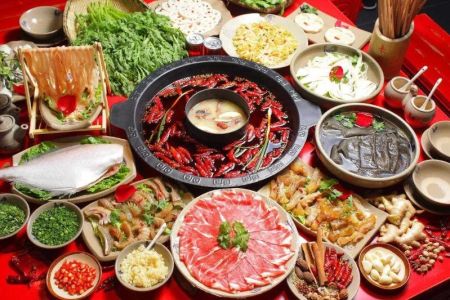
![Top Chinese Restaurants for Authentic Cantonese Cuisine in [Your City]](https://img.gochinarose.com/d33/2507/4157910400_450x300.webp)
